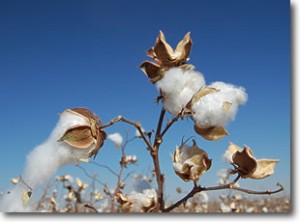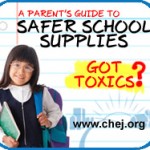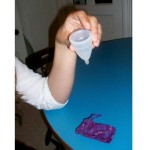Scrutinizing Tampons

Several weeks ago, we answered a sexual health question on our Consensual Text blog: a college-age woman had inquired about the risks of scented tampons.
This prompted a bumpy ride on the web that included all shades of scary: tampon processing and manufacturing are rumored to include everything from dioxin to asbestos. Much of this information is false or unproven, but Estronaut summed up the main concerns:
"Most tampons are made of rayon. Rayon is made of cellulose and fibers of wood. The processing includes chlorine bleaching, which is known to produce dioxin. The makers say they wash it all away. Critics say they don't."
There is some suspicion that organochlorines, like dioxin, mimic sex hormones, therefore causing sex-related health issues, cancer and decreased fertility. A tampon serves as an immediate delivery system to your reproductive organs, as vaginal walls easily absorb substances.
While there is an immense amount of research being done, many questions remain unanswered. Until there is conclusive data, it may be wise to minimize exposure to unnecessary contaminants, especially with many alternatives available. As we mentioned in a previous post, the Diva Cup is a viable option, as are tampons manufactured by Seventh Generation and other companies.
Seventh Generation is also encouraging good reproductive health by donating $1 per sign up at Let's Talk Period to the Ovarian Cancer Research Fund today. Ovarian cancer is the fifth leading cause of cancer death among U.S. women.
Something that is actually inserted into your body, probably deserves the highest level scrutiny.



